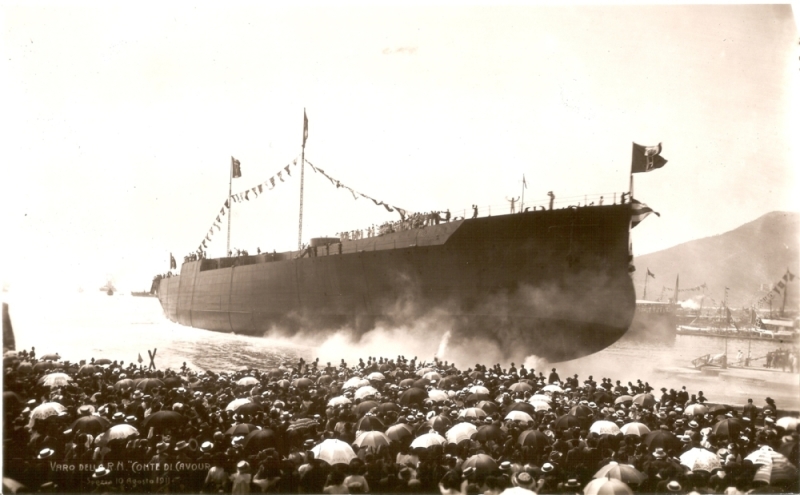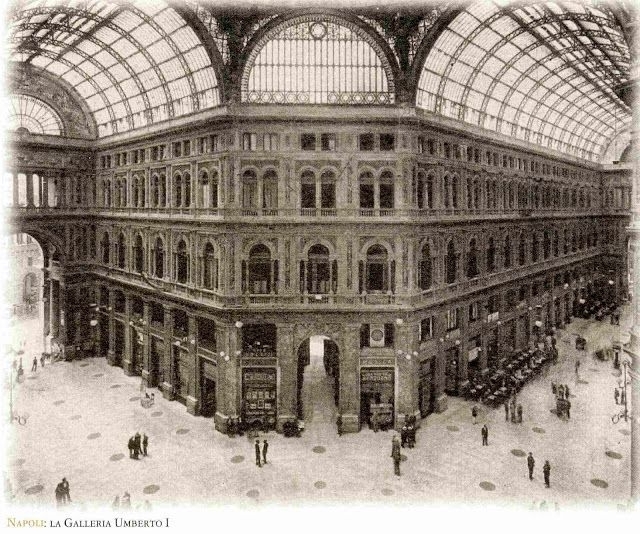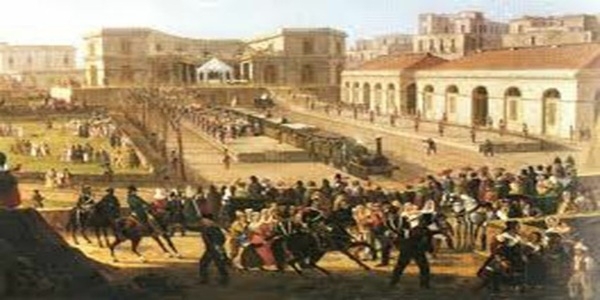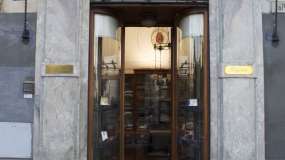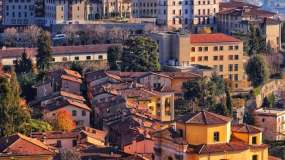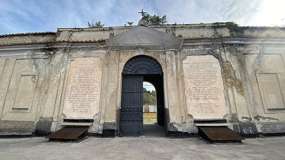Naples over the centuries has been and remains one of the greatest cultural capitals of Europe and the world. It was one of the favorite cities of the Romans throughout their empire, capital of the Kingdom of Naples and of the 2 Sicilies for the Bourbons, but above all it was the cradle of culture and innovation. If we add to this that from its foundation to today it has over 3,000 years of history on its shoulders, we can well understand that Naples, throughout its existence, has accumulated such a quantity of records, to the point of being too many to list them all. To start, perhaps the fact that the 1021 hectares of the historic center of Naples (among the largest in the world) have been declared a Unesco World Heritage Site would be enough! But wanting to scroll through others (not all because too many) we find that the Cistern of the Piscina Mirabilis built between 27 and 14 BC is the largest in the world from the Roman age. The first public university in the world was born in Naples in 1224, the first checks in the world were issued here by the Banco di Napoli in 1569. In 1710 the world's first bidet was installed in the Royal Palace of Caserta.
In 1732 the Oriental Institute of Naples was founded, which is the oldest university of sinological and oriental studies in Europe. 1735. First Chair of Astronomy in Italy. 1737. First theater in the world (Regio Teatro di San Carlo). In 1751 the construction of the "REAL HOTEL DEI POVERI" began, for the reception of poor people in difficulty. In 1754, the First Chair of Economics in the world was established. In 1763 the First Italian Cemetery for the poor (Cimitero delle 366 fossa). In 1776 for the writing of the Constitution of the United States of America, among whose authors there was Benjamin Franklin, there was the fundamental contribution of Getano Filangeri (with whom Franklin corresponded extensively). In 1780 the Order of Lawyers was established in Naples for the first time in the world. 1781 First Maritime Code in the world. 1801 first Mineralogical Museum in the world. In 1807 the first Botanical Garden in Italy. In 1813 the first psychiatric hospital in Italy. In 1818 the first steam ship in the Mediterranean "Ferdinando I" and in 1833 the first cruise ship in Europe "Francesco I". In 1837 the first public gas lighting in Europe and in 1839 the first Italian railway, Naples-Portici section. In 1841 the first Volcanological Observatory in the world (the Vesuvius Observatory in Herculaneum).
In 1843 the first steam warship of Italy "Ercole" was built and in 1845 the first steam locomotive built in Italy was built in the Pietrarsa workshops. In 1851 the first Italian washing machine was created by Luigi Armingaud, called the perfected spiral hydraulic turbine. In 1852 the first Electric Telegraph in Italy. In 1860 the first Italian Merchant and Military Fleet. In 1860 Naples was the first city in Italy for publications of newspapers (Naples), for the number of theatres, conservatories, for the lowest number of infant mortality, for the number of doctors and the lowest tax burden in Italy. In the same year, Naples saw the foundation of the first Italian fire brigade. In 1883 the first underground railway in Italy (the Cumana) was built, called the "Society for the Neapolitan Railways". In 1895 the Office of Vincenzo Tiberio Medical Officer, at the Incurabili Hospital of Naples, anticipated Penicillin by 35 years (patented by the British Alexander Fleming who was based on Tiberius' studies) and modern antibiotics. In 1923 the first aeronautical academy in the world (Pozzuoli Aeronautical Academy) was born. In 1943 Naples was the first city in Europe to rise up and expel the Nazis from the city autonomously and without external aid (Le 4 Giornate di Napoli 27-30/09/1943).
In 1975 Telenapoli was the most widespread cable TV in Europe and in 1990 Telecapri News was born, which is the first All-News television network in Italy. In 1995 the Historic Center of Naples was declared a UNESCO World Heritage Site (the largest in Europe). 2005 the jetty of Bagnoli, with its approximately 900 meters, becomes the longest "panoramic walk on the sea" in Europe. In 2012 the Metro Toledo won the record among the most beautiful stations in the world. In 2016, the first Apple Academy in all of Europe was born. In 2016, a polyphonic choir made up of 13,000 music students performed in Piazza del Plebiscito. In 2017 the Art of the Neapolitan Pizzaiolo was inscribed in the intangible and cultural heritage of Humanity by UNESCO. In 2018 Naples obtained the record for the largest puff pastry in the world, 75 kg.

